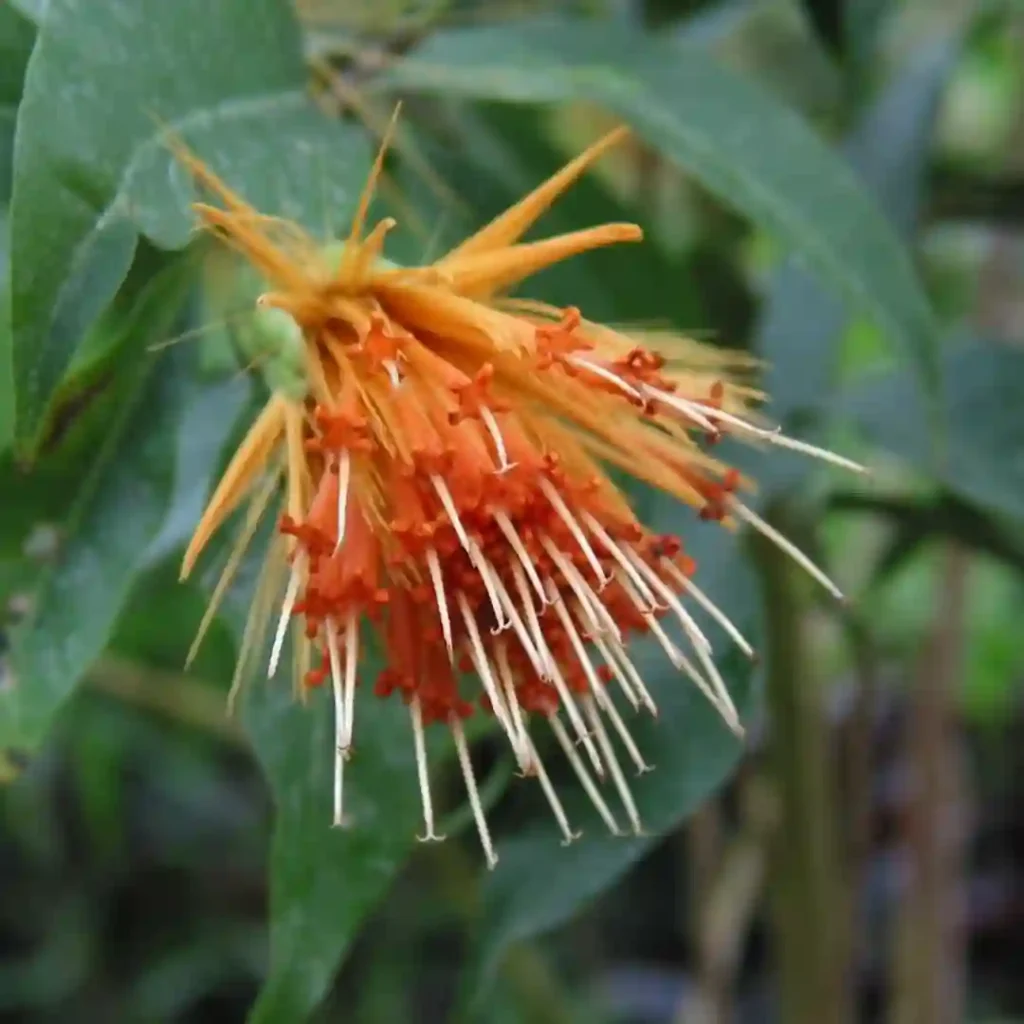
All About Polypodium Glycyrrhiza: The Licorice Fern Enthusiast’s Guide
Hi everyone, Ferb Vu here! Today, we’re diving deep into the fascinating world of Polypodium glycyrrhiza, also known as the licorice fern. This little evergreen fern packs a punch in the visual department, and it’s surprisingly easy to care for. Whether you’re a seasoned gardener or a newbie plant parent, the licorice fern can be a wonderful addition to your indoor or outdoor space.
65 Species in Genus Polypodium
What is Polypodium Glycyrrhiza?
Polypodium glycyrrhiza, true to its name, boasts creeping rhizomes that hint of licorice when sniffed. But unlike its namesake candy, the flavor isn’t recommended. This little fern is native to the west coast of North America, specifically the cooler regions of the Pacific Northwest and parts of California. You’ll find it gracing shady woodlands, clinging to rocks and trees, or carpeting forest floors.
Licorice Fern vs Deer Fern
I find that Licorice Fern’s vibrant, delicate fronds add a touch of elegance to my space, while Deer Fern’s thicker foliage feels sturdier and more resilient.
Licorice Fern vs Western Sword Fern
In my experience, Licorice Fern’s graceful appearance contrasts beautifully with the robust, spiky look of Western Sword Fern, making them a dynamic pair in my garden.
Frequently Asked Questions about Polypodium Glycyrrhiza
1. Is Licorice Fern Easy to Grow?
Absolutely! Polypodium glycyrrhiza is a forgiving plant, thriving in moist, well-drained soil. It prefers dappled sunlight or shade, making it perfect for those shady corners of your garden.
2. How Big Does Licorice Fern Get?
Don’t expect a giant. This little fern typically grows to a height of 12 inches with a spread of about 12 to 18 inches. Its delicate, lime-green fronds have a leathery texture and add a touch of elegance to any setting.
3. Can I Grow Licorice Fern Indoors?
You certainly can! Licorice fern adapts well to container living. Just provide it with a pot with drainage holes, indirect sunlight, and consistent moisture. Regular misting, especially during dry spells, is beneficial.
4. What are Some Common Pests or Diseases Affecting Licorice Fern?
Thankfully, Polypodium glycyrrhiza is relatively pest and disease resistant. However, keep an eye out for mealybugs and scale, which can be controlled with insecticidal soap or neem oil. Overwatering can lead to root rot, so ensure proper drainage.
5. Is Licorice Fern Toxic to Pets?
While not deadly, Polypodium glycyrrhiza is not recommended for pets. If ingested, it might cause mild stomach upset. It’s always best to err on the side of caution and keep ferns out of reach of curious furry friends.
Licorice Fern vs. Maidenhair Fern: What’s the Difference?
Both Polypodium glycyrrhiza and Adiantum aethiopicum, the maidenhair fern, are popular choices for indoor gardeners. Here’s a quick breakdown of their key differences:
- Light: Licorice fern prefers partial shade to shade, while maidenhair fern enjoys brighter indirect light.
- Humidity: Licorice fern tolerates average household humidity, while maidenhair fern thrives in high humidity environments.
- Watering: Both ferns require consistent moisture, but maidenhair fern might need more frequent watering due to its delicate fronds.
- Growth Habit: Licorice fern has a creeping rhizome and forms a dense mat, while maidenhair fern has an upright, clumping growth habit.
Ultimately, the best choice depends on your specific growing conditions and preferences.
Bringing the Magic of Licorice Fern into Your Life
Polypodium glycyrrhiza is a versatile little fern that can add a touch of greenery to any space. Here are some ideas for incorporating it into your life:
- Indoor Oasis: Plant your licorice fern in a decorative pot and place it on a shelf or table in your living room, bathroom, or bedroom.
- Terrarium Delight: The compact size and moisture requirements of Polypodium glycyrrhiza make it a perfect candidate for a terrarium.
- Shaded Sanctuary: Let licorice fern grace the floors of your shady porch or patio, creating a lush and inviting atmosphere.
With its easy-going nature and charming looks, Polypodium glycyrrhiza is sure to become a cherished member of your plant family. So why not give this little fern a try and add a touch of magic to your surroundings?
If i die, water my plants!



